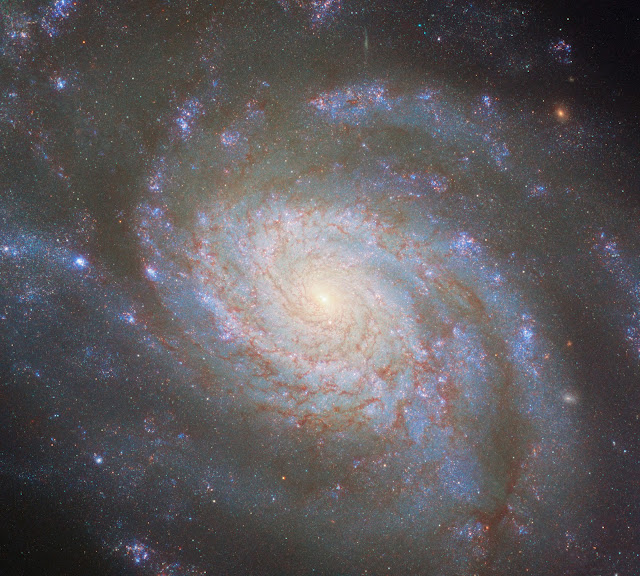Launch of Europe's New Ariane 6 Rocket | European Space Agency
This inaugural demonstration flight, designated VA262, is to show the capabilities of Ariane 6 in escaping Earth's gravity and operating in space.
Ariane 6 was built by prime contractor and design authority ArianeGroup. In addition to the rocket, the liftoff demonstrated the functioning of the launch pad and operations on ground at Europe's Spaceport. The new dedicated launch zone was custom-built by France's space agency CNES and allows for a faster turnover of Ariane launches.
Ariane 6 is Europe’s newest heavy-lift rocket, designed to provide great power and flexibility at a lower cost than its predecessors. The launcher’s configuration—with an upgraded main stage, a choice of either two or four powerful boosters and a new restartable upper stage—will provide Europe with greater efficiency and possibilities. It can launch multiple missions into selected orbits on a single flight, while its upper stage will deorbit itself at the end of mission.
The European Space Agency’s main role in the Ariane 6 program is as a contracting authority—managing the budget from Member States participating in the Ariane 6 development program; and as launch system architect—ensuring that the rocket and launch pad infrastructure work together.
Ariane 6 is the latest in Europe's Ariane rocket series, taking over from Ariane 5 featuring a modular and versatile design that can launch missions from low-Earth orbit and farther out to deep space.
Image & Caption Credit: European Space Agency (ESA)
Image Date: July 9, 2024




























RD.jfif)






